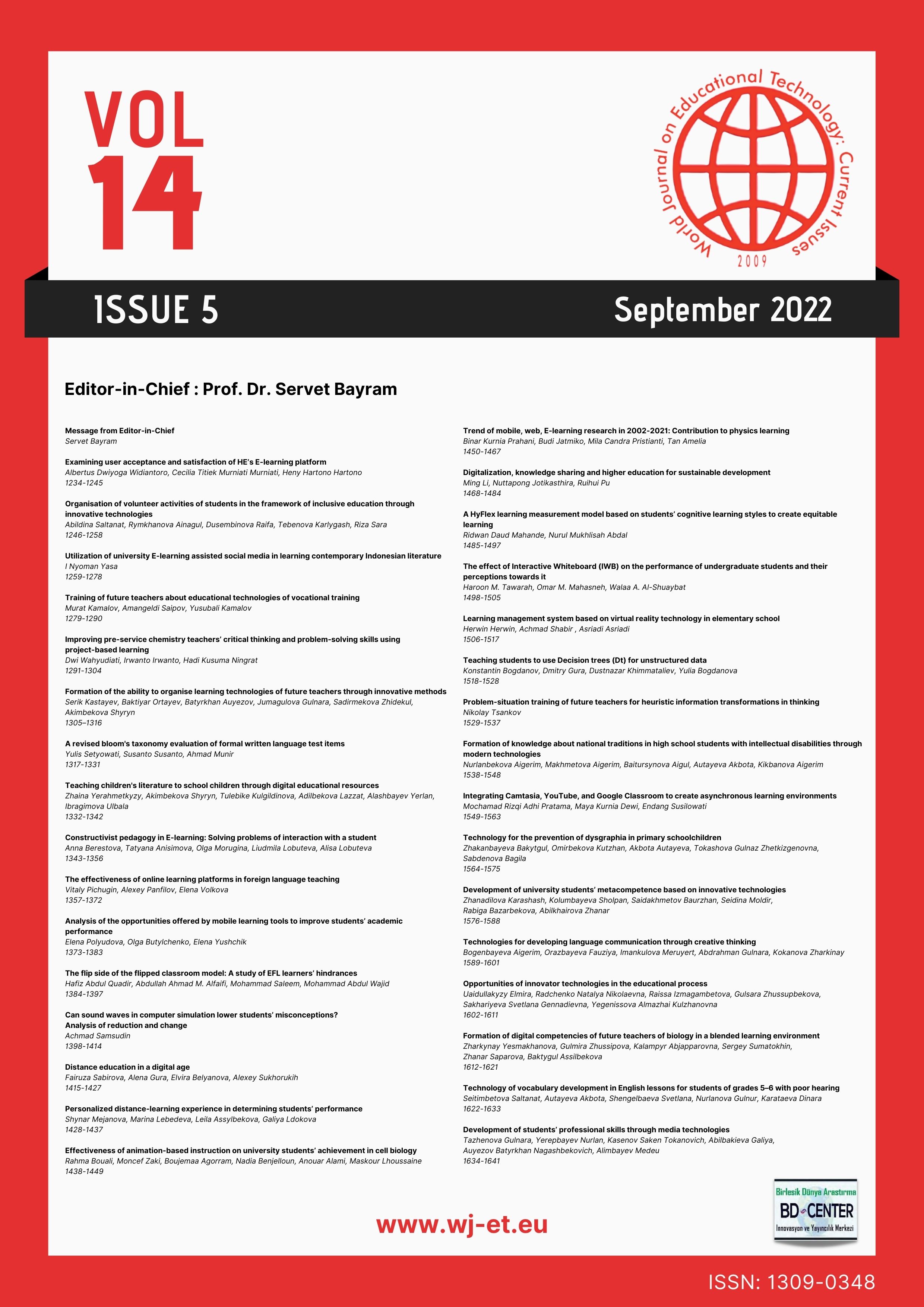Can sound waves in computer simulation lower students’ misconceptions? Analysis of reduction and change
Main Article Content
Abstract
This study aims to identify reduction and change in students’ misconceptions about sound waves after using sound wave in computer simulation (SWiCS). This research is an explanatory sequential mixed methods design. The participants are 25 students from 11 grade [11 lanang (males) and 14 wadon (females)] with purposive sampling from one school in Karangkobar, Banjarnegara, Central Java. A multi-tiered instrument was used consisting of 20 questions. The reduction of students’ misconceptions was analysed using percentages with three categories, namely sloping, currently, and steep. While the changes by codification, which are categorised as good change (GC), bad change (BC), and no change (NC), and other distributions were analysed using Rasch analysis. The average students’ misconceptions are reduced by 88% (steep). Meanwhile, the changes in misconceptions moved towards GC (56%), BC (32%), and NC (12%). The SWiCS can decrease students’ misconceptions on the sound waves and change conceptions for the better.
Keywords: Sound waves in computer simulation (SWiCS); misconception; reduction and changes
Downloads
Article Details

This work is licensed under a Creative Commons Attribution 4.0 International License.
World Journal on Educational Technology: Current Issues is an Open Access Journal. The copyright holder is the author/s. Licensee Birlesik Dunya Yenilik Arastirma ve Yayincilik Merkezi, North Nicosia, Cyprus. All articles can be downloaded free of charge. Articles published in the Journal are Open-Access articles distributed under CC-BY license [Attribution 4.0 International (CC BY 4.0)].
Birlesik Dunya Yenilik Arastirma ve Yayincilik Merkezi (BD-Center)is a gold open-access publisher. At the point of publication, all articles from our portfolio of journals are immediately and permanently accessible online free of charge. BD-Center articles are published under the CC-BY license [Attribution 4.0 International (CC BY 4.0)], which permits unrestricted use, distribution, and reproduction in any medium, provided the original authors and the source are credited.
